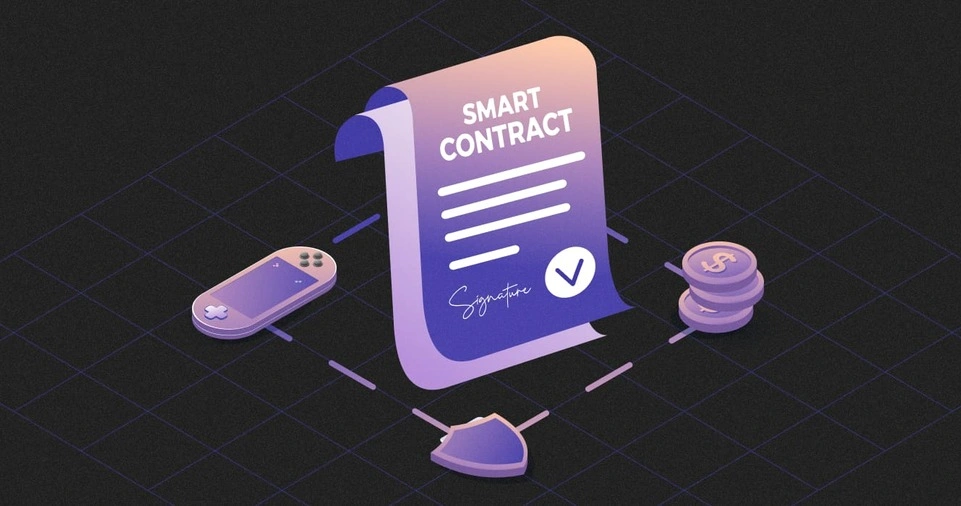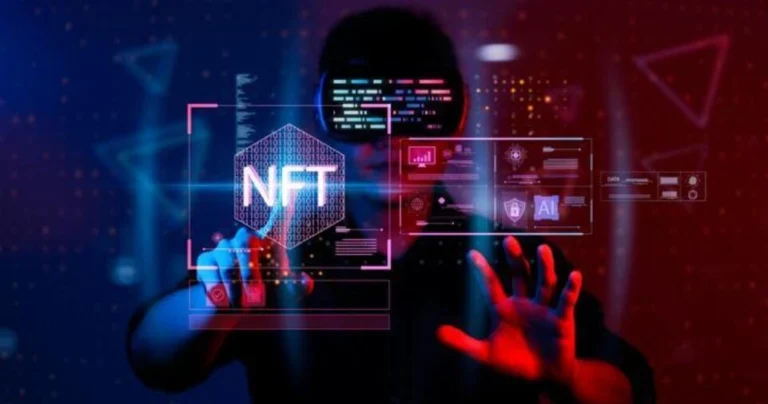The NFT market has exploded in popularity, attracting collectors, investors, and creators alike.
However, as with any booming industry, scammers have found ways to exploit unsuspecting buyers.
NFT scams and rug pulls have become widespread, leading to significant financial losses.
Understanding how these scams work and how to avoid them is crucial for anyone looking to invest in NFTs.
Many fraudulent NFT projects use deceptive tactics such as fake social proof, artificial hype, and misleading marketing to lure investors.
Some scams involve malicious smart contracts, phishing attempts, or outright theft of funds. If you don’t perform due diligence, you risk falling victim to these schemes.
This article will provide a comprehensive guide on how to avoid NFT scams and rug pulls.
We will cover everything from researching projects, verifying smart contracts, identifying red flags, and using secure wallets.
By the end, you will be equipped with the knowledge to navigate the NFT space safely and make informed investment decisions.
Research the Project Thoroughly
Check the Team Behind the Project
One of the first steps in avoiding NFT scams is verifying the legitimacy of the project’s team.
Reliable NFT projects are often developed by well-known or publicly identifiable creators. If the founders remain anonymous, proceed with caution.
Here are some key checks:
- LinkedIn and Twitter Presence: Reputable developers and artists will have active social media profiles.
- Past Projects: Research previous ventures by the team. If they have a track record of successful projects, it adds credibility.
- Transparency: Genuine projects have clear and open communication channels, including AMAs (Ask Me Anything) and detailed team bios.
If the project’s team is unwilling to reveal their identities or has no previous work history, it may be a scam.
Analyze the Website and Whitepaper
A project’s website and whitepaper can tell you a lot about its authenticity. A poorly designed website with little information is a red flag.
Consider the following:
- Professional Design: Scammers often create hastily built websites with copied content.
- Detailed Whitepaper: A legitimate project will have a well-structured whitepaper explaining its purpose, roadmap, and tokenomics.
- Clear Utility: NFTs should have a purpose beyond just speculation. If the whitepaper lacks clear utility, be cautious.
Assess the Roadmap and Future Plans
A well-defined roadmap shows the long-term vision of a project. Scammers often create vague roadmaps with unrealistic promises to lure investors.
Look for:
- Achievable Milestones: Unrealistic promises of massive returns or rapid developments are often scams.
- Community Feedback: An active community discussing roadmap updates is a good sign.
- Consistent Updates: Regular project updates show that the team is actively working on the project.
If the project lacks a roadmap or fails to meet previous milestones, reconsider investing.
Verify Community & Social Media Presence
Engaged Community vs. Artificial Hype
Legitimate NFT projects have an engaged community that actively discusses the project on platforms like Discord, Twitter, and Telegram. However, some projects artificially inflate their engagement by using bots.
Signs of a genuine community:
- Active Discussions: Members ask questions, provide feedback, and discuss project updates.
- Moderation: Reliable projects have professional moderators who manage discussions.
- Transparency: Project founders regularly interact with the community.
Signs of fake engagement:
- Generic Comments: Many repetitive or unrelated comments may indicate bot activity.
- Unrealistic Follower Growth: A sudden spike in followers without organic engagement is suspicious.
- Paid Promotions Only: If all engagement comes from influencers rather than organic discussions, be cautious.
Avoiding Scams on Social Media
Scammers often impersonate popular NFT projects on social media. Always check official links from the project’s website before engaging.
- Verified Accounts: Many legit projects have a verified checkmark on Twitter.
- Multiple Fake Pages: Be wary of duplicate accounts with slightly different names.
- Official Announcements: Only trust announcements from the project’s official website and Discord.
Inspect the Smart Contract

Look for Third-Party Audits
Smart contract security is critical in the NFT space. Many rug pulls happen due to vulnerabilities in the contract.
- Security Audits: Look for audits from firms like CertiK, OpenZeppelin, or Hacken.
- Public Code Review: Open-source contracts add transparency.
- Minting & Ownership Rights: Ensure that the contract doesn’t allow developers to mint unlimited NFTs.
Understanding Contract Vulnerabilities
Some contracts allow project owners to withdraw funds at any time or modify contract parameters after the sale. Tools like Etherscan can help analyze contract risks.
ALSO READ: How to Use Crypto for Everyday Transactions
Avoid Too-Good-to-Be-True Offers
Watch Out for Unrealistic Promises
NFT scams often involve promises of guaranteed profits or rare NFT giveaways. If something sounds too good to be true, it probably is.
- Suspiciously Low Prices: Rare NFTs are rarely sold at extreme discounts.
- Guaranteed Returns: No legitimate investment guarantees profits.
- Urgency Tactics: Scammers create false urgency to pressure buyers.
Beware of Free NFT Scams
Scammers may send free NFTs to trick users into interacting with malicious smart contracts.
Never interact with suspicious NFTs, and use Etherscan to revoke permissions if necessary.
Use a Secure Wallet & Avoid Phishing Attacks
Use Hardware Wallets for Extra Security
- Cold Storage: Use wallets like Ledger or Trezor to store valuable NFTs securely.
- Multiple Wallets: Keep separate wallets for buying, selling, and storing NFTs.
- Revoke Unused Approvals: Use tools like Revoke.cash to manage wallet permissions.
Avoid Clicking on Unknown Links
- Official Websites Only: Always verify the website URL before making transactions.
- Scam Emails & Messages: Ignore suspicious messages claiming to offer free NFTs or airdrops.
- Use Two-Factor Authentication (2FA): Secure your accounts with 2FA to prevent unauthorized access.
Monitor Red Flags & Exit Strategies
Red Flags Indicating a Scam
- No Resale Demand: If buyers are holding but not reselling, the project may be artificially inflated.
- Developers Disappear: If the team stops posting updates or disables comments, it could be a rug pull.
- No Real Utility: If the NFT’s only value is speculation, reconsider investing.
Have an Exit Plan
- Take Profits Gradually: If an NFT’s value skyrockets, consider taking partial profits.
- Monitor Market Trends: Keep track of NFT trends to make informed decisions.
- Stay Updated on Scams: Follow trusted NFT analysts to stay ahead of new scams.
ALSO READ: How to Prepare for Crypto Market Volatility
Conclusion
Avoiding NFT scams and rug pulls requires research, vigilance, and security measures.
By verifying teams, analyzing smart contracts, engaging with authentic communities, and securing your wallet, you can significantly reduce your risk.
Always remember: if an NFT investment sounds too good to be true, it likely is.
Stay informed, be cautious, and make smart investment choices to safely navigate the NFT space.











